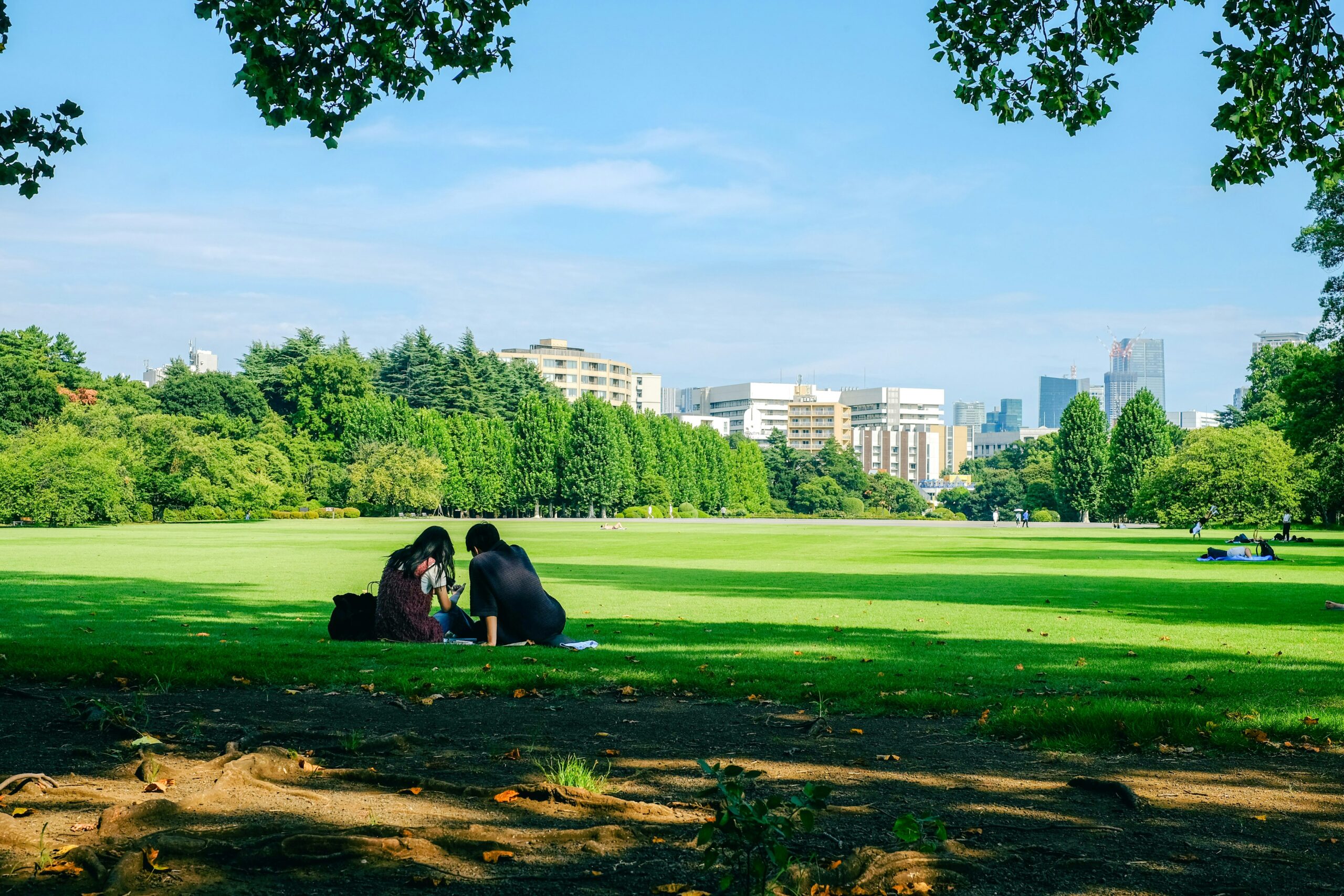I found myself with an unexpected pocket of time during a business trip to Tokyo. Craving a moment of distance from the relentless pace of work, I decided—almost on a whim—to explore a part of the city I’d only just heard of: Shinjuku. The name itself felt unfamiliar, slightly intimidating even. But something about it called to me.

A quick glance at the map showed that Shinjuku lies near the center of Tokyo. It’s home to the Tokyo Metropolitan Government Building and one of the largest train stations in the world—a place that seemed like the very definition of urban chaos. And yet, nestled within it, I noticed a vast green space called Shinjuku Gyoen National Garden. Intrigued by the contrast, I decided to go.
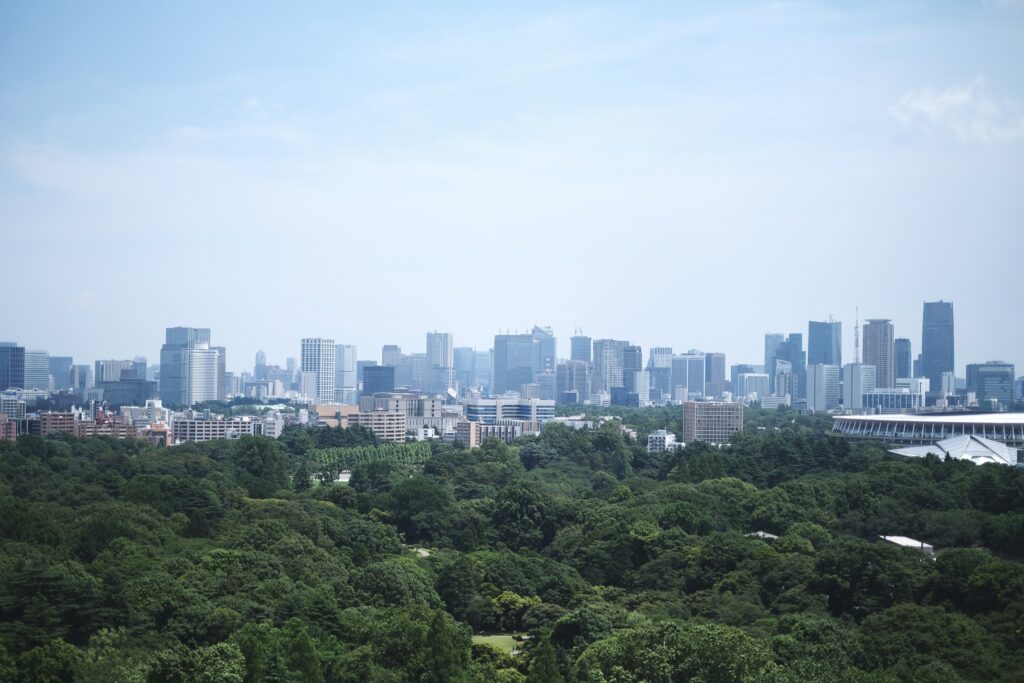
It was early June, just before the rainy season begins. The air was humid but still carried a hint of freshness. The sun had started to burn a little brighter, and the scent of greenery was thick in the air. Exiting the southeast gate of Shinjuku Station and navigating through the waves of people, I finally reached the entrance to the garden. The moment I stepped through its gates, the city’s noise vanished. All that remained were the buzzing of cicadas and the occasional birdsong.

Originally built during the Edo period as a private garden for a feudal lord, Shinjuku Gyoen was later transformed into an imperial garden during the Meiji era. After World War II, it was opened to the public and has since become a beloved oasis for city residents. Wide lawns stretch between landscapes of traditional Japanese gardens, formal French flowerbeds, and English-style meadows—a quiet patchwork of different worlds, mirroring Tokyo itself.
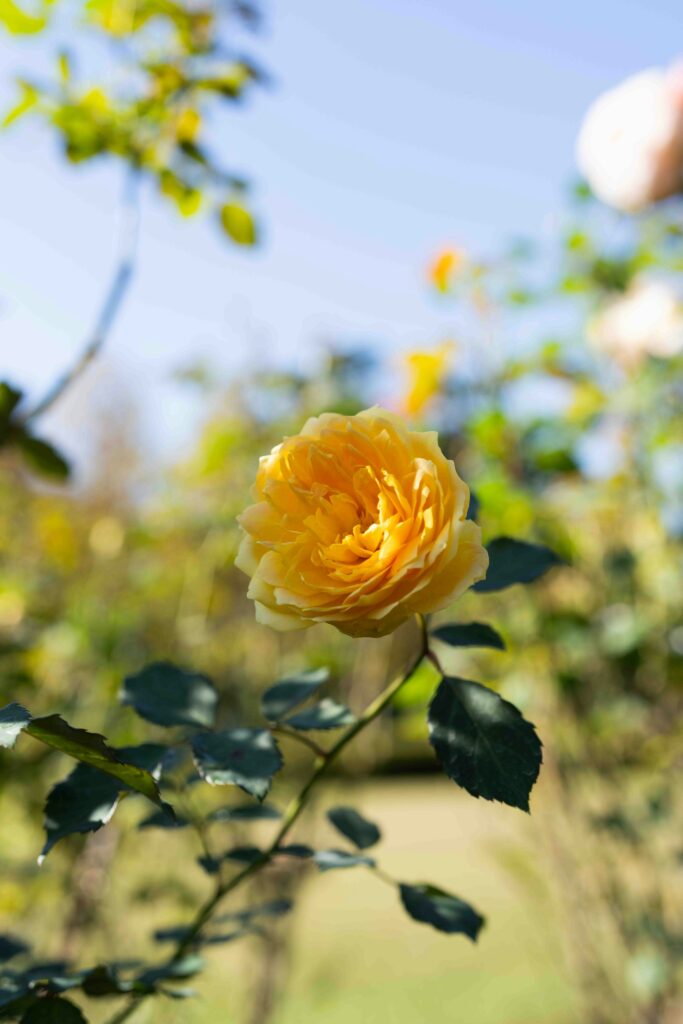
I took a seat on a shaded bench, breathing in the early-summer air. Nearby, a young couple had spread out a picnic blanket. They looked to be in their late twenties. She wore a light, floral dress that moved gently with the breeze; he had on a crisp white shirt and jeans. When our eyes met, I offered a smile, and they returned it with ease. We exchanged a few words.
“I always imagine Tokyo as a city that never slows down,” I said. “But this place feels like a hidden sanctuary.”
He chuckled. “Yeah. That’s kind of what makes Tokyo special, though. It’s the balance—between noise and quiet, chaos and calm. Shinjuku might be the perfect example of that.”
His words lingered in my mind.
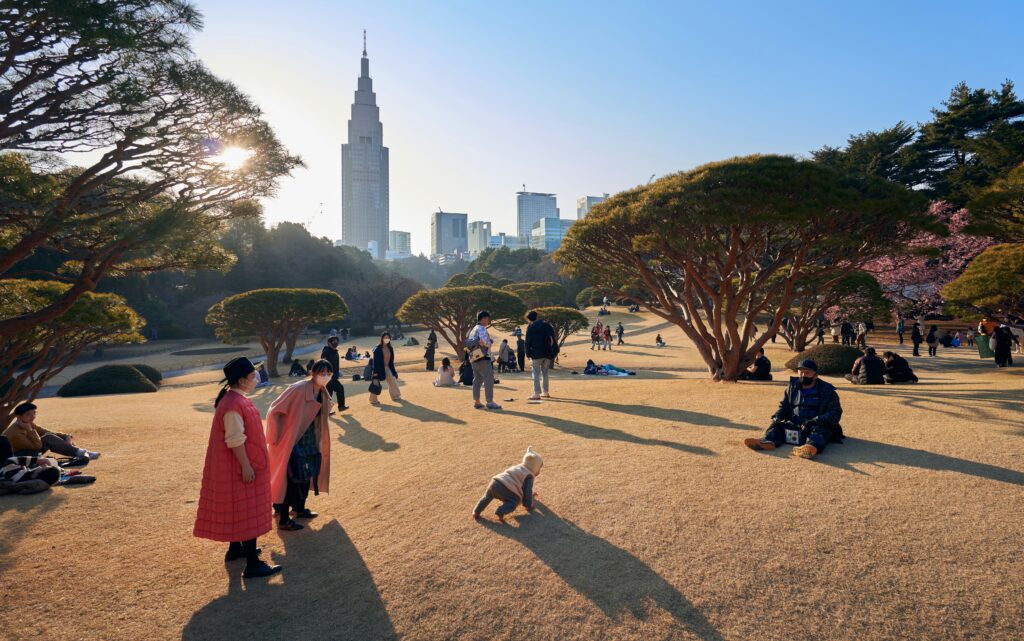
As dusk settled, I made my way back into the heart of Shinjuku. The neighborhood had transformed.
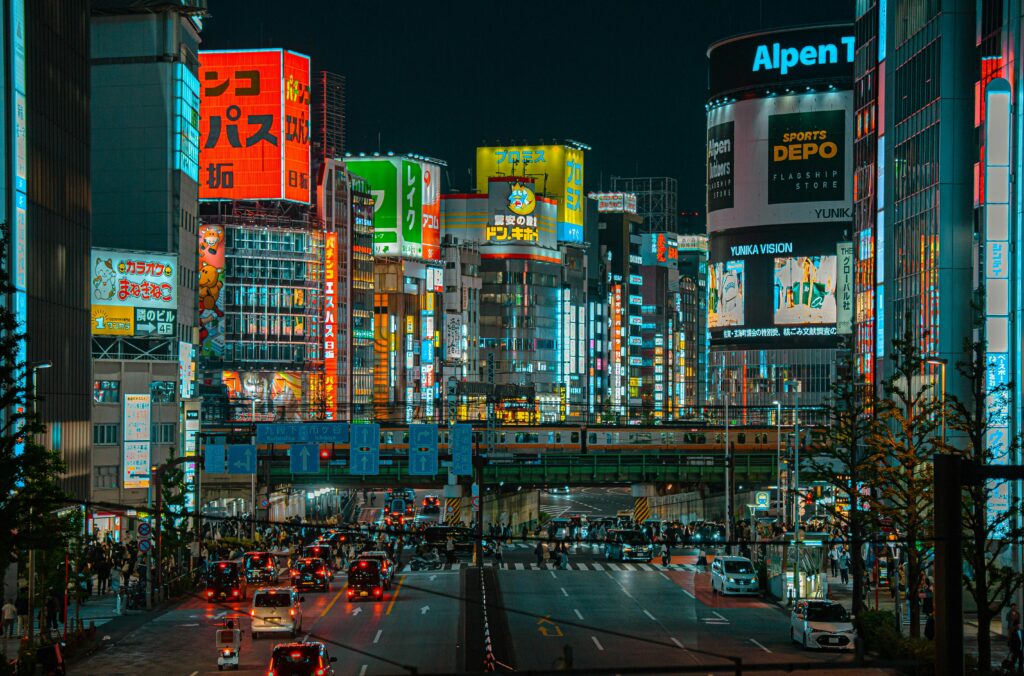
Where daylight had revealed commuters and businesspeople, night brought a kaleidoscope of neon signs, foreign voices drifting through alleyways, and the unmistakable hum of nightlife. On impulse, I ducked into a small yakitori bar—a hole-in-the-wall with a weathered wooden façade.

Inside, the room was lit with warm, amber tones. An L-shaped counter wrapped around a tiny kitchen space where skewers sizzled over open flames. Laughter rang out from a group of office workers who clearly came here often. I ordered smoky grilled chicken, savory tamagoyaki (a rolled omelet flavored with dashi), and a chilled glass of sake. The sweet-salty sauce of the yakitori and the scent of charcoal filled the air. As I closed my eyes for a moment, even the city’s clamor outside seemed poetic.
The next morning, drawn by a new curiosity, I set out again. My first stop was Meiji Jingu Shrine, just a ten-minute train ride from Shinjuku Gyoen. Built to honor Emperor Meiji and his consort, it is surrounded by towering forest. As I walked along the gravel path beneath the canopy of trees, I felt my breathing slow. Once again, Tokyo surprised me with its stillness.

Later, I wandered into Yoyogi Park, just beside the shrine. Families lounged on the grass, children chased soap bubbles, a woman played the violin near a fountain. Runners passed by, and a yoga class stretched quietly under the trees. It was a scene of peaceful coexistence—of nature, movement, and human rhythm.
This trip, short as it was, opened my eyes. Even in a metropolis like Tokyo, there exists stillness, reflection, seasonality, and connection—if only we take the time to look. These are things you can’t fully see in guidebooks or travel photos. They reveal themselves as you walk, slowly, without agenda. And sometimes, in a simple conversation with a stranger, you glimpse the essence of a place.
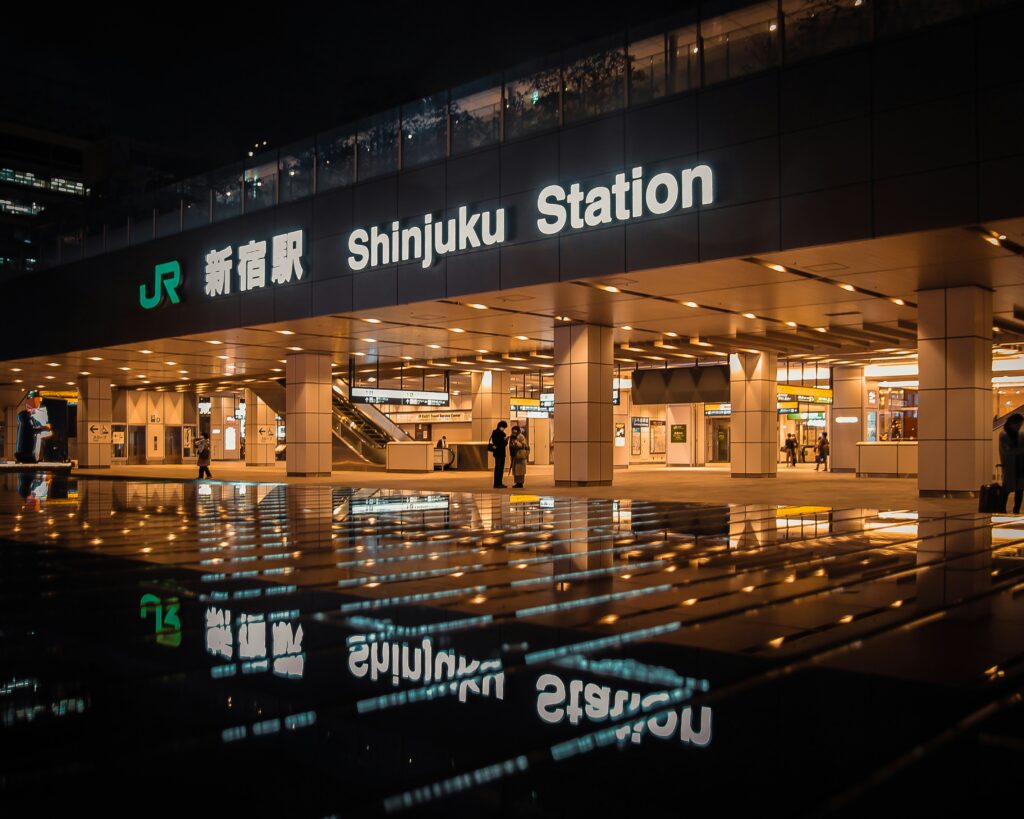
On the train ride back, I found myself reflecting on my own pace of life. Maybe it’s not about doing more, faster. Maybe what I truly need are moments to pause—to feel the quiet beneath my feet and listen to the whisper of my own thoughts. That, I realized, is the true gift of travel.
Something New Travel

